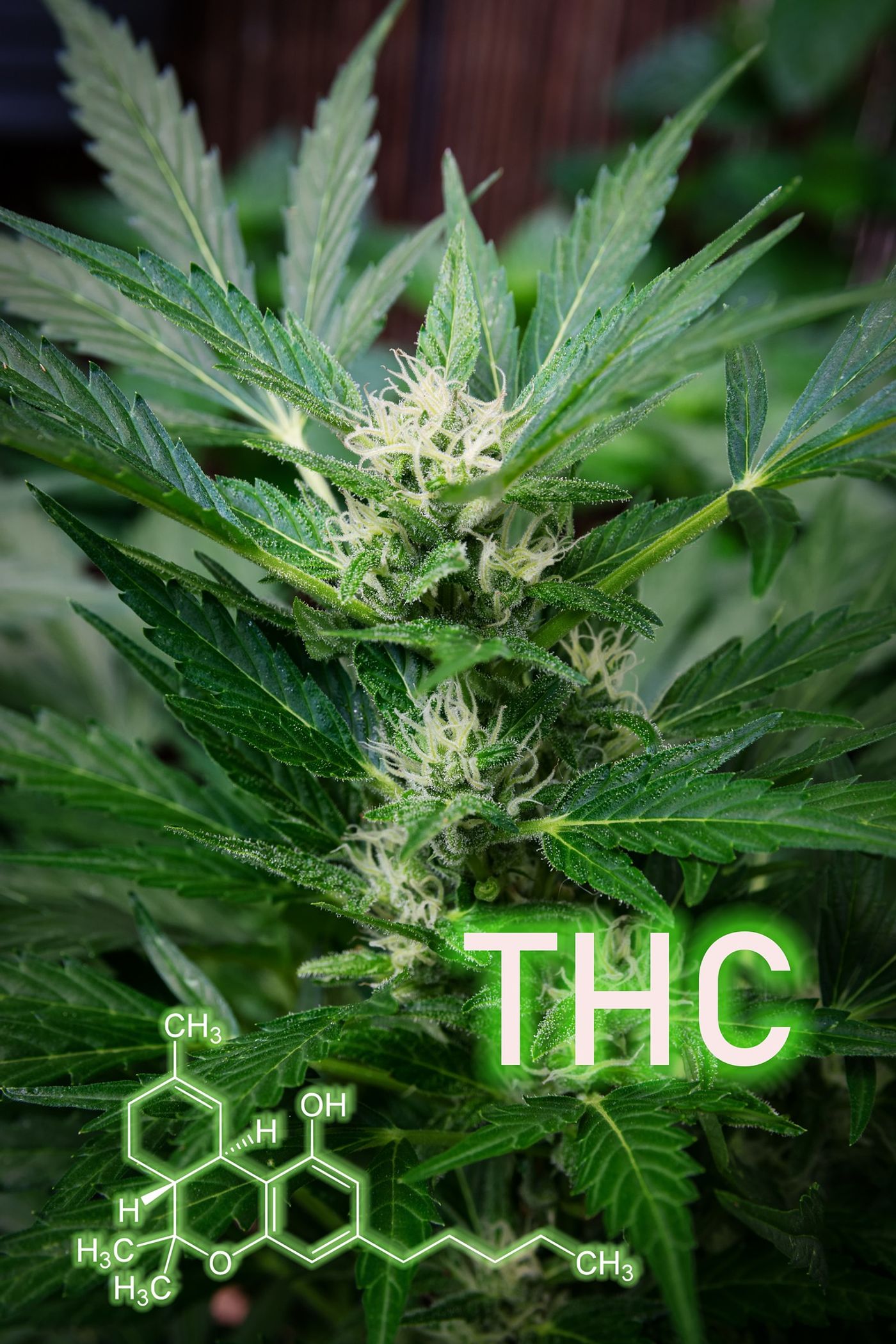A Standard THC Unit: Standardizing Dosage in Cannabis Industry & Research
A primary limitation of cannabis research thus far has been the inconsistent quantification of exposure to the plant’s main psychoactive ingredient – Δ9-tetrahydrocannabinol (THC) – across different studies. This variability makes it challenging to compare results among such studies, hindering their real-world and clinical applicability as a result.
As the diversity of cannabis products expands rapidly, the need to establish recommendations on the quantity of use (i.e., dosage standards) becomes increasingly pertinent for ensuring consistency in research studies and protecting consumers’ health and safety.
Aiming to address these concerns, a team of nationally-appointed regulatory institutions – namely, the National Institute on Drug Abuse (NIDA); the National Heart, Lung, and Blood Institute (NHLBI); the National Institute of Mental Health (NIMH); and the National Cancer Institute (NCI) – released a notice in May 2021 requiring all researchers investigating cannabis or THC that are applying for funding through these organizations to henceforth quantify and convey all findings in terms of ‘standard THC units.’ Precisely in this context, a standard THC unit is demarcated as “as any formulation of cannabis plant material or extract that contains five milligrams [(5 mg)] of THC.”
NIDA’s selection of five milligrams as the specified unit of measurement is based on evidence amalgamated over many years. In 2017, the Cannabis Policy Research Workgroup advised NIDA to consider examining the potential for developing a standardized dosage for cannabis use analogous to the measurement of alcohol or other psychoactive products.
By October of 2019, researchers T.P. Freeman (from the University of Bath, UK) and V. Lorenzetti (from Australian Catholic University) set forth a proposal published in Addiction recommending five milligrams of THC as the standardized unit of measurement for cannabis use. Unlike other proposed standard cannabis units (i.e., grams of cannabis plant material), the five-milligram standard unit reflects the amount of psychoactive THC (considered predominantly representative of the plant’s pharmacological activity), accounts for variability in THC concentrations across various cultivars/cannabis-related products, and is independent of the route used for administration.
In March of 2020, a request for information (RFI) was issued by NIDA to collect input from the scientific research community, associated stakeholders, and anyone else interested on the creation and application of five milligrams as the standard THC unit for dosage measurement in cannabis research.
The principal goal of the May 2021 notice is to decrease inter-study variability by standardizing the quantification of THC exposure across the cannabis research field. The authors of the notice made sure to emphasize that this guidance is not meant to serve as a restrictive limitation on the quantity permitted for use in research (a.k.a. it isn’t meant to tell researchers how much they can use in their experimental research). Instead, it is meant to serve as a way to facilitate the compatibility of findings from studies across the field.
As noted by Freeman and Lorenzetti in their original proposal, there is future potential for establishment of a standard CBD unit if the THC standard unit generates adequate supporting data in the meantime.
Sources: National Institute on Drug Abuse (NIDA) Director’s Page – Nora’s Blog; Addiction; National Advisory Council on Drug Abuse (NACDA) Cannabis Policy Research Workgroup; National Institutes of Health (NIH) Grant Guide (May 2021 Notice); NIH Grant Guide (March 2020 RFI)









